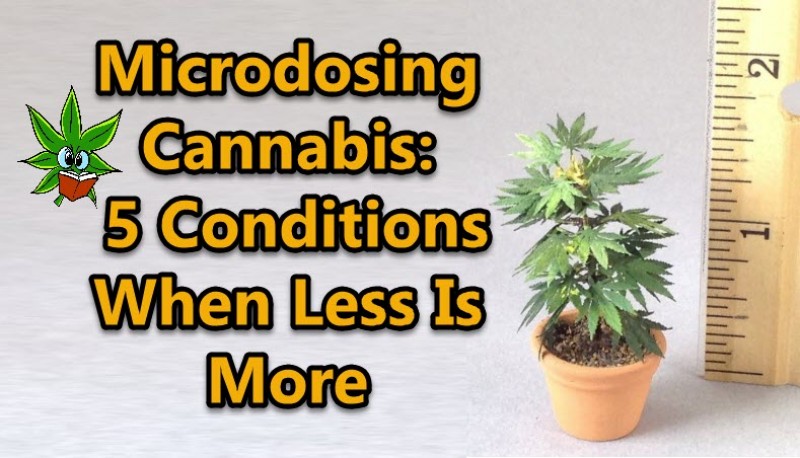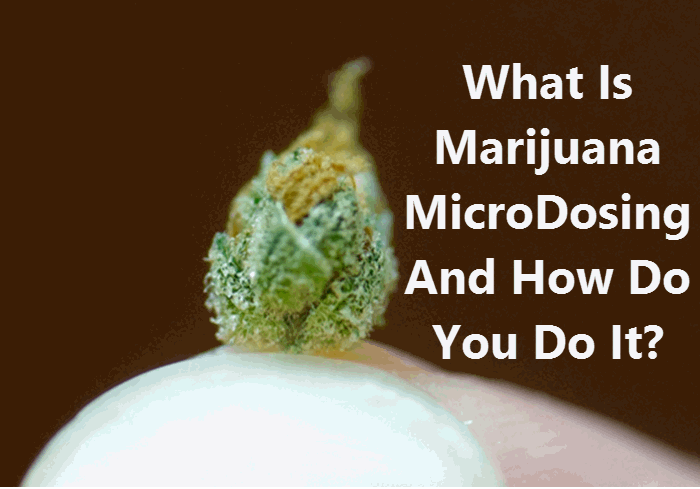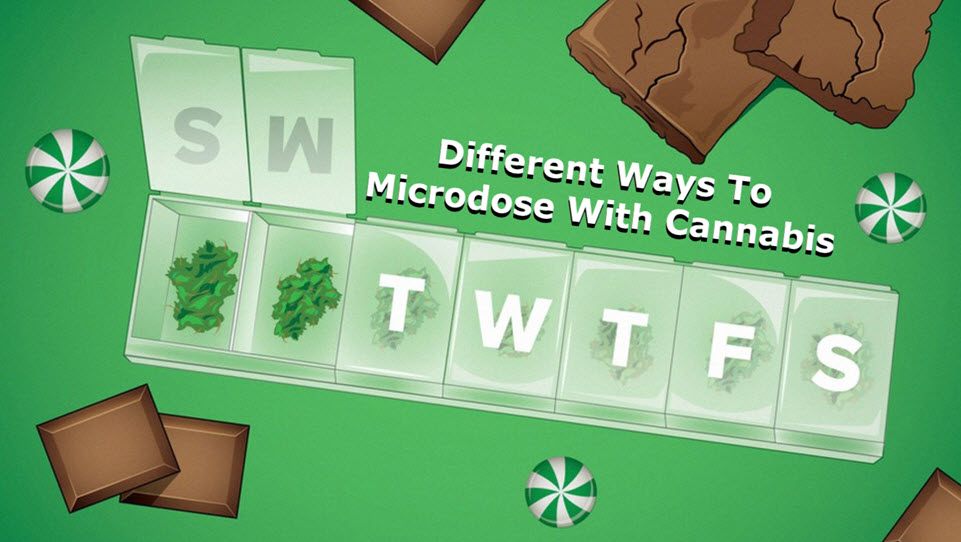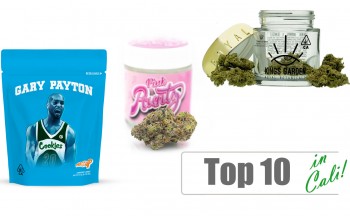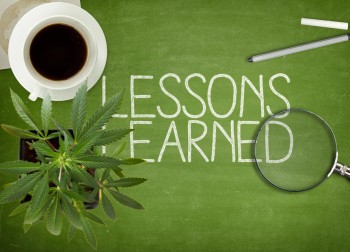Microdosing Cannabis: 5 Conditions When Less Is More
We’re living in amidst a cultural shift; a time when we’re right smack in the middle of undoing prohibition one city or one country at a time. This brings with it an entirely new market of cannabis consumers, many of whom are still obsessed with potency.
There’s nothing wrong with enjoying really strong cannabis, but when it comes to therapeutic uses, oftentimes less is more. Microdosing is slowly gaining traction as the consumption method du jour; it refers to taking smaller amounts of cannabis (in various form) in order to maximize the medicinal benefits of tetrahydrocannabinol (THC) without getting too stoned that it would prevent you from being productive.
Not many people know about microdosing yet, but aside from general well-being, here are 5 conditions when smaller amounts of cannabis may be more beneficial:
- Anxiety: Studies point to the non-psychoactive cannabidiol (CBD) content of cannabis as the most helpful for treating anxiety, because too much THC may cause anxiety for individuals who are prone to it. But if you’re one of those people who benefit from small amounts of THC to prevent anxiety, microdosing is key. Researchers from the University of Illinois at Chicago (UIC) together with researchers from the University of Chicago investigated this issue by administering various amounts of THC on 3 groups of participants: the low-dose group received 7.5mg of THC, a moderate-dose group who received 12.5mg of THC, and a placebo group who received no THC. After conducting tests, they found that the group who received the lowest dose of THC performed far better in the stress test compared to those given a placebo. On the other hand, those who were given high doses of THC reported negative moods during the tests, and were more likely to rate psychosocial tasks as “threatening” or “challenging”.
- Depression: There are now a handful of studies that prove microdosing is most beneficial for treating depression. One of these studies, conducted by researchers from Washington State University, revealed that symptoms of depression as well as stress and anxiety are diminished by as much as 50% four hours after smoking cannabis. Interestingly, they also found that the symptoms of depression were reduced the most after just one puff of cannabis, a strain that is low in THC and high in CBD.
- Insomnia: Contrary to thinking that getting lit AF before bed may actually help you combat insomnia, this isn’t the most efficient way to use cannabis especially if you have to get up for work in the morning. Very high doses of THC can result in a couchlock, and make it difficult to wake up in the morning. Try microdosing instead. Both CBD and THC are equally helpful for treating insomnia, but you don’t need a lot for it to work. A study in the Journal of Clinical Pharmacology revealed that just 15mg of THC was helpful in decreasing sleep latency and increasing sleepiness. On the other hand, CBD can make you more alert, which is also something to consider if you don’t want to oversleep.
- Heart disease: Individuals who want to treat or prevent heart disease can also benefit from low doses of cannabis. A 2005 study showed that just 1mg/kg of THC taken daily was helpful in preventing the progression of atherosclerosis among animal subjects. The study concluded that THC, even in low doses, is effective in reducing the inflammatory response while supporting anti-inflammatory benefits of the plant for heart disease.
- Pain relief: A 2014 study, published in the Journal of Pain, assessed 39 patients who were suffering from central and peripheral neurpopathic pain. They were given low dose (1.29%) THC, medium dose (3.53%) THC, and a placebo. Twenty-one out of the 37 patients who were given low dose cannabis reported the most significant pain reduction, and when the researchers increased the doses to medium, they reported almost no improvement on their pain.
But how much cannabis is a microdose, exactly? Well, there is no wrong or right answer. It will depend largely on the individual, because cannabis affects everyone differently. Find out your optimum microdose by experimenting until you find the most desirable effect. Generally speaking, 1-2mg is considered a microdose; this doesn’t give off any psychoactive effects although most users do report an elevated mood. Around 10-15mg is considered a low or medium dose; it’s less THC than what’s found in most recreational products. Many patients find this dose as the sweet spot for maximum relief for a wide range of conditions. Lastly, 50mg and up is considered a high or recreational dose; one that’s very potent and intoxicating, and is pretty much the whole point of toking up for recreational users. Microdosing is very personal, but ideally you can start trialing with as low as 2.5 milligrams for a few days then work your way up.
Microdosing Marijuana - 5 Conditions When Less Is More from CannabisNet on Vimeo.
OTHER STORIES YOU MAY ENJOY...
WHAT IS MICRODOSING MARIJUANA, CLICK HERE.
